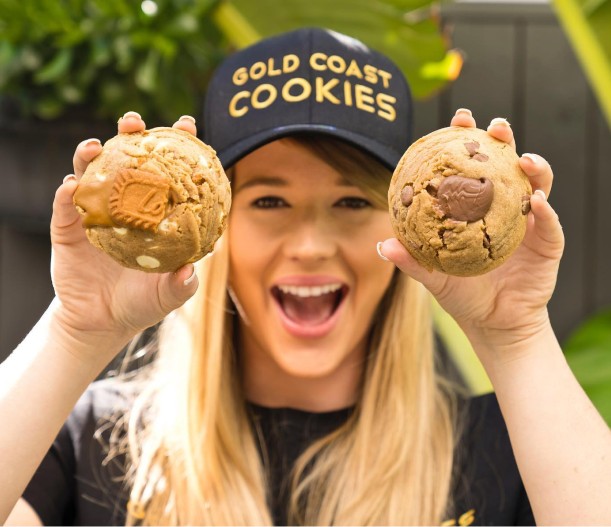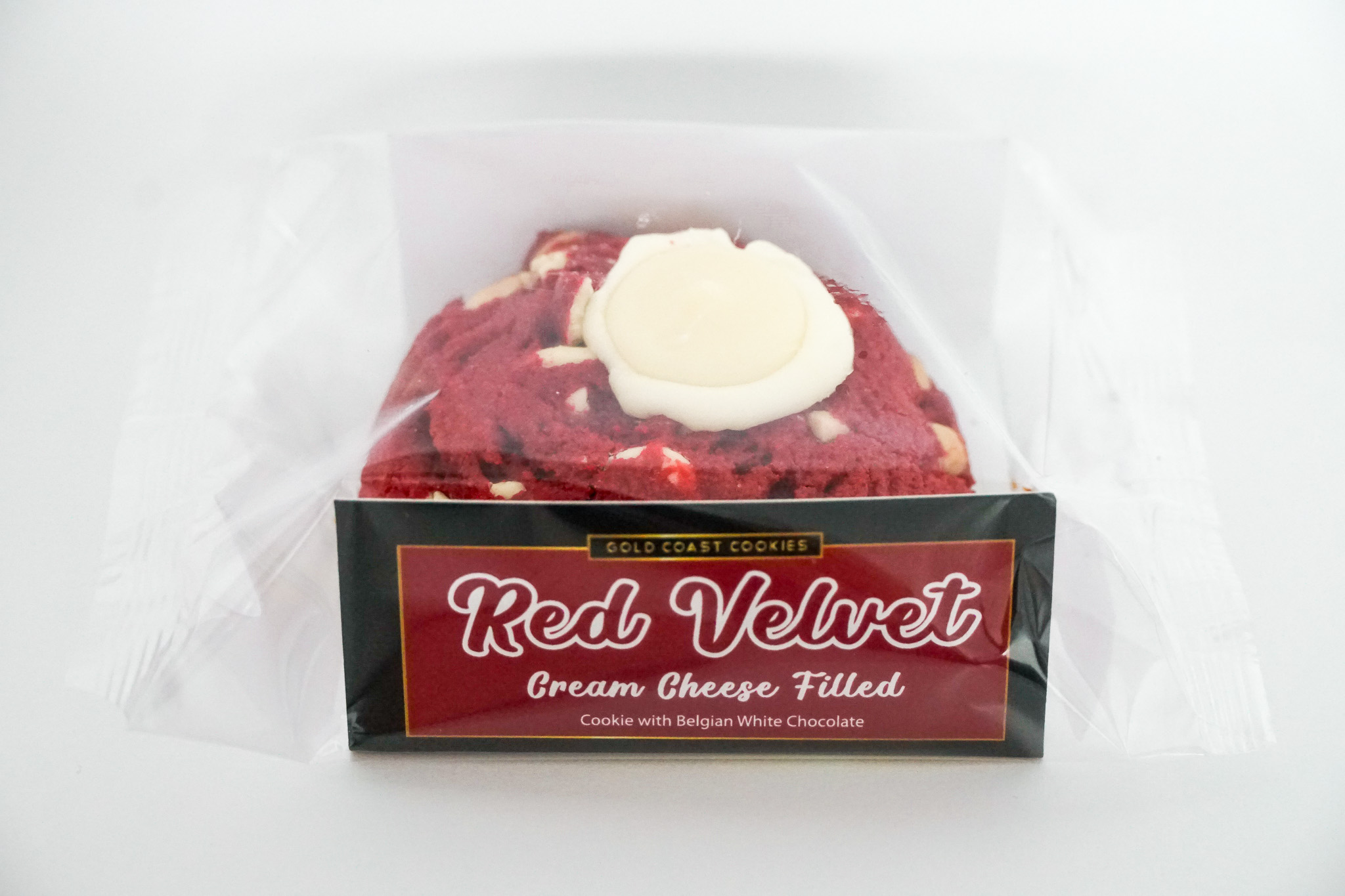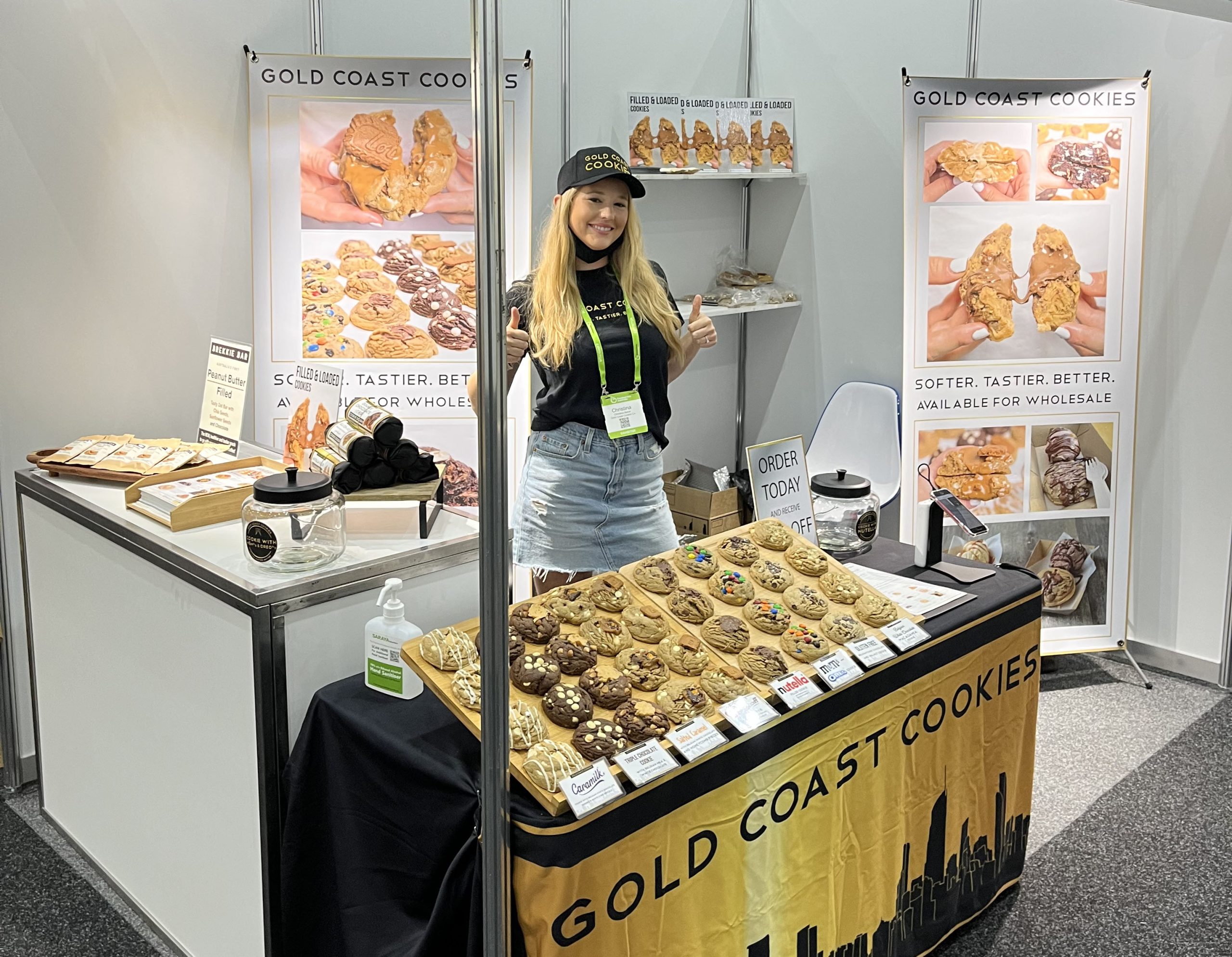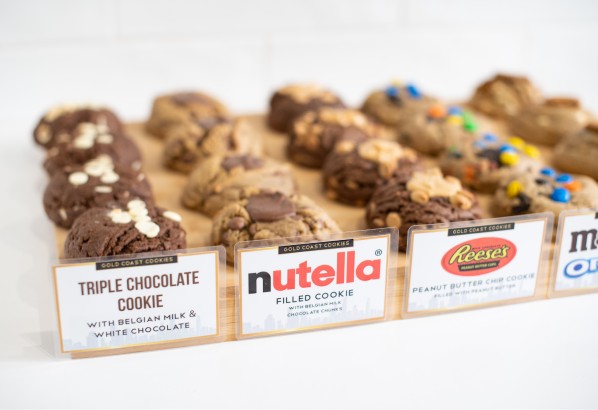For The Love Of Cookies
There’s something truly magical about sinking your teeth into a thick, chewy cookie with a soft center and slightly crispy edges. If you’ve ever wondered how to achieve that perfect cookie texture, let me help you. In this short blog entry, we’ll explore my 6 tips for making thick and indulgent cookies that will make you popular with your friends and family.
1. a good recipe always starts with the ingredients
The foundation of any great thick cookie begins with high-quality ingredients. Opt for a high-fat butter, such as unsalted butter, and use brown sugar instead of granulated sugar. Brown sugar contains molasses, which adds moisture and contributes to the chewiness of the cookie.
2. flour power
The type of flour you use can significantly impact your cookie’s thickness. For thick and chewy cookies, try choosing all-purpose flour over cake flour. All-purpose flour has a higher protein content, resulting in a sturdier structure and chewier texture. Be sure not to overmix the dough to avoid activating too much gluten, which could lead to a tougher cookie.
3. the magic of Cornstarch
A secret weapon for achieving thickness in your cookies is cornstarch. Adding just a tablespoon or two to your dry ingredients helps create a softer, more tender texture. Cornstarch inhibits gluten development, ensuring that your cookies remain thick and chewy.
4. let’s keep it chill
One of the most crucial steps in making thick cookies is chilling the dough. After mixing your ingredients, refrigerate the dough for at least 1-2 hours, or even overnight. Chilled dough spreads less during baking, resulting in thicker cookies. This step also enhances the flavors as the ingredients meld together.
5. All in the wrist
Use a cookie scoop to ensure that each cookie is the same size and shape. This helps with even baking, ensuring that all cookies cook at the same rate. Additionally, shaping the dough into taller mounds rather than flatter disks promotes thickness.
6. Time flies
To achieve that perfect balance of a crispy exterior and a soft interior, it’s essential to monitor your cookies closely during baking. Start with a slightly higher oven temperature (around 375°F or 190°C) and bake for a shorter time. This will help set the edges while leaving the center deliciously gooey.
that’s it, folks
With the right ingredients, techniques, and a bit of patience, you too can master the art of making thick and chewy cookies. Whether you’re a seasoned baker or just starting, these tips will elevate your cookie game, ensuring that every batch is a delightful treat for your taste buds. So, preheat that oven, gather your ingredients, and get ready to enjoy the thickest, most indulgent cookies you’ve ever made!
Vince Lombardi“Practice does not make perfect. Only perfect practice makes perfect.”








